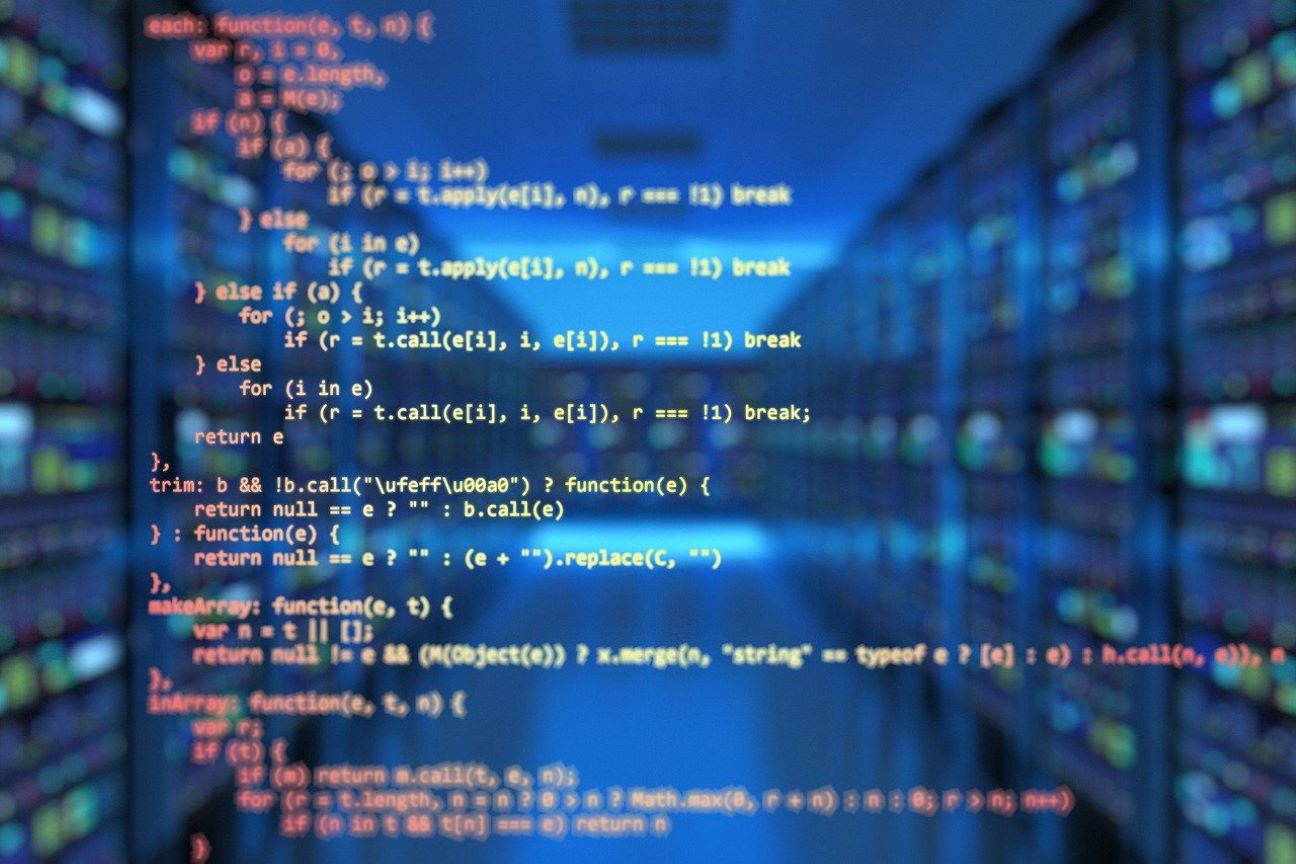The name Linux came from the mix of Linus + Unix. Linus is the name of the creator of Linux, Linus Torvalds. And Unix, is the name of a large operating system, in which we will tell your story now, so that you can better understand Linux.
The origin of Unix is linked to the Multics operating system, designed in the 1960s. This project was carried out by the Massachusetts Institute of Technology (MIT), by General Electric (GE) and by the Bell Labs and American Telephone at Telegraph (ATT). The intention was for Multics to have time-sharing features (several users sharing the resources of a single computer), making it the boldest system at the time. In 1969, there is already a version of Multics running on a GE645 computer.]
Ken Thompsom was a researcher at Multics and worked at Bell Labs. However, the company withdrew from the project some time later, but he continued his studies in the system. Since then, his idea was not to continue with the original Multics, but to create something smaller, but that kept the basic ideas of the system. From there, begins the saga of the Unix system. Brian Kernighan, also a researcher at Bell Labs, gave this name.
In 1973, another researcher at Bell Labs, Dennis Ritchie, rewrote the entire Unix system in a high-level language called C, which he developed himself. As a result, the system gained wide acceptance by users outside Bell Labs.
Between 1977 and 1981, AT&T tweaked Unix, making some particular changes, and released System III. In 1983, after another series of modifications, the well-known Unix System IV was released, which went on to be sold. Even today this system is used in the market, becoming the international standard of Unix. This system is marketed by companies such as IBM, HP, Sun, etc. Unix is a very expensive operating system and is used in powerful computers (such as mainframes) by several multinationals.
What Is the Relationship Between Unix and Linux?
To answer this question, it is necessary to talk about another operating system, Minix. Minix is a version of Unix, however, free and with source code available. This means that any experienced programmer can make changes to it. It was originally created for educational use, for anyone wanting to study Unix “at home”. However, it is worth mentioning that it was written from “zero” and despite being a Unix version, it does not contain any AT&T code and therefore it can be freely distributed.
From there, “enters the scene” Linus Torvalds. He was a computer science student at the University of Helsinki in Finland and in 1991, as a hobby, Linus decided to develop a system more powerful than Minix. To get the word out about his idea, he sent a message to a group via Usenet (a sort of predecessor to the Internet). The message can be seen at the end of this article. In the same year, he released the kernel version (core operating systems) 0.02 and continued working until 1994 when he released version 1.0. As of this writing, the current version is 2.6.
Linux is a free operating system and is a re-implementation of the POSIX specifications (standardization by IEEE, Institute of Electrical and Electronic Engineering) for systems with System V and BSD extensions. This means that Linux is very similar to Unix, but it doesn’t come from the same place and was written differently.
But Why is Linux Free?
Linus Torvalds, when he developed Linux, had no intention of making money, but rather making a system for his personal use that would meet his needs. The style of development that was adopted was collective aid. That is, he coordinates the collective efforts of a group to improve the system he created. Thousands of people contribute freely to the development of Linux, simply for the pleasure of making a better operating system.

GPL License
Linux is under the GPL license, it allows anyone to use the programs under it, with the commitment not to make the programs closed and commercialized. That is, you can change any part of Linux, modify it and even market it, but you cannot close it (not allow other users to modify it) and sell it.
GNU
But the Linux story doesn’t end there. It is also necessary to know what GNU is. GNU is a project that started in 1984 with the aim of developing a Unix-compatible operating system. Linux itself is just a kernel. Linus Torvalds, at the same time as writing the kernel source code, started using GNU programs to make his system. Liking the idea, he decided to leave his kernel under the same license.
But the kernel itself is not usable. The kernel is the most important part, as it is the core and serves as a communicator between the user and the computer. Therefore, with the use of variants of the GNU systems along with the kernel, Linux became an operating system.
But you may have been confused by now. What is Linux then? What is GNU? Simply, a lot of people use modified versions of the GNU systems, thinking it’s Linux itself. Programmers who work with it know that Linux is basically the kernel, as has been said, but everyone calls this set of Linux (there are those who defend the use of GNU/Linux).
Finally, the GNU project is one of those responsible for the success of Linux, because thanks to the “mixture” of its programs with the kernel developed by Linus Torvalds, Linux has been showing why it is an operating system worthy of abilities unsurpassed by any other system.
